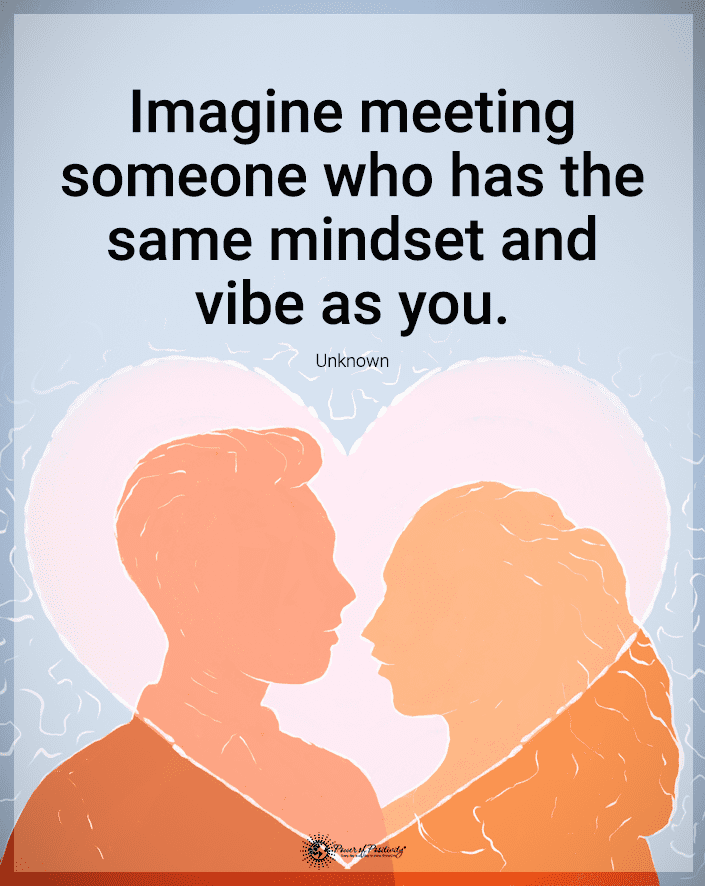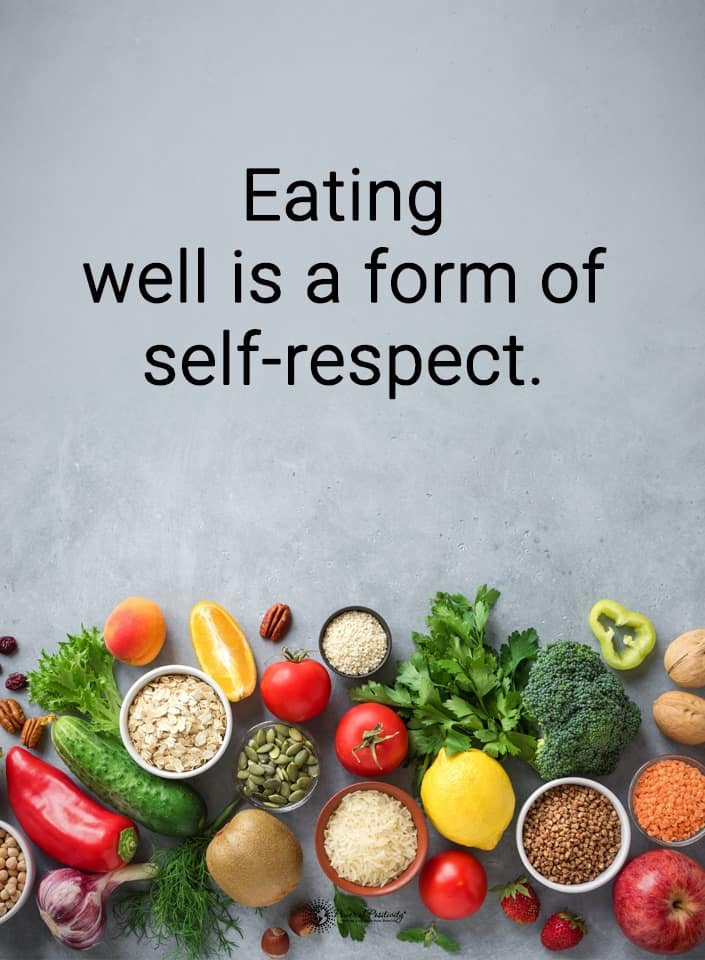Here’s what every man secretly longs for in a relationship.
One truth stands out when considering men and relationships: understanding your partner’s needs is crucial for a harmonious and lasting bond. It is especially important in today’s fast-paced world, where relationships sometimes take a backseat to other priorities. But let’s remember that relationships are the bedrock of our emotional well-being.
In this article, we’ll explore the essential things men often seek from a relationship partner. Whether starting a new relationship or nurturing a long-term commitment, this guide will help you create a deeper, more meaningful connection.
NOTE: If you want to learn what women want in a partner, please read our separate article on the topic.
Ten Things Most Men Need in Their Relationship Partner
Are you ready? Let’s embark on this enlightening path together!

1 – Men Need Emotional Support in a Relationship
At the heart of a thriving relationship is giving and receiving emotional support. This aspect is often misunderstood, especially when it comes to men. Contrary to popular belief, men deeply value emotional support – it’s not just a ‘women’s thing.’ Emotional support for men involves empathy, understanding, and creating a safe, non-judgmental space to express their feelings and vulnerabilities freely. It’s about truly listening to what your partner is saying without immediately jumping into problem-solving mode. It’s about acknowledging their feelings and letting them know they are not alone in whatever they’re facing. In a world where men are often expected to be ‘strong’ and hide their emotions, being that supportive pillar can make all the difference in your partner’s life.
2 – Every Man Wants to Earn a Partner’s Respect and Appreciation
Respect is the foundation of each healthy relationship. It’s about valuing your partner as an individual, recognizing their worth, and acknowledging their contributions to the relationship. But respect goes beyond mere acknowledgment; it’s also reflected in your actions and words. It’s about listening when they speak, valuing their opinions, and understanding their boundaries.
Alongside respect, appreciation plays a pivotal role. It’s about showing gratitude for the little things your partner does. It could be the way they make you coffee in the morning, their knack for making you laugh, or the support they offer during tough times. Showing appreciation doesn’t have to be grandiose; often, it’s the small gestures that count. A simple ‘thank you,’ a note, or a spontaneous hug can go a long way. In the daily hustle and bustle, these appreciative acts can light up your partner’s day and reinforce the love and respect you share.
3 – Men Want Trust and Reliability from Their Love Interest
Trust is the invisible thread that holds the fabric of any relationship together. Trust takes a prime spot in what men need from a partner. It’s about believing in your partner’s integrity, feeling secure that they will be there for you, and knowing they have your best interests at heart. This trust grows over time, nurtured by consistent actions and honesty. Reliability, a close cousin of trust, is about being dependable. When a man knows he can count on his partner, it creates a deep sense of security and stability in the relationship. This means being there when you say you will be, following through on promises, and showing up emotionally and physically during the highs and lows. These twin pillars of trust and reliability form the basis for a strong, enduring partnership.
4 – He Wants Quality Time With His Partner
In our busy lives, carving out quality time with our partner can sometimes feel like a challenge, yet it’s one of the most rewarding aspects of a relationship. Quality time is not just about being physically together; it’s about how you spend those moments. The undivided attention, the feeling of being fully present with each other, deepens the connection. For men, quality time can mean sharing activities they love or exploring new interests together. It could be as simple as a quiet evening together, a walk in the park, or trying out a new activity. The key is to engage in activities that foster bonding and create shared memories. Encourage conversations, share laughter, and ensure that the time spent together adds value to your relationship and nurtures your bond.
5 – Men Want Effective Communication From a Partner
Effective communication is about more than merely talking. Rather, it’s about exchanging thoughts, feelings, and ideas. Open and honest communication involves expressing yourself clearly and respectfully. But equally important is the art of listening. To improve the communication in your relationship, you must practice active listening, which involves fully concentrating on what your partner says, understanding their message, responding thoughtfully, and withholding judgment. Encourage open dialogue. In that environment, both partners feel safe to express their thoughts – and their feelings – without fear of criticism. Remember, it’s not only about verbal communication; non-verbal cues like body language and eye contact also play a significant role. By creating a culture of open communication, you create a place where both partners feel heard, understood, and valued.

6 – He Hopes for Support in Achieving Goals
In a relationship, one of the most empowering feelings comes from having a partner who supports your dreams and aspirations. It’s about more than just offering encouragement; it’s about actively helping each other reach new heights. When men feel supported in their professional or personal goals, it fosters a sense of partnership and teamwork. To nurture this aspect, understand what your partner aims to achieve. Show interest in their goals and offer help, whether brainstorming ideas, providing resources, or just being a sounding board for their plans. Celebrate their achievements, no matter how small. But also provide constructive feedback when they face setbacks. By being each other’s cheerleader and collaborator, you create a relationship where both individuals can grow and succeed, strengthening your bond.
7 – Physical Affection Is on His Wish List
Physical affection is an excellent way to express love, care, and connection in a relationship. It goes beyond just physical attraction or sexual intimacy; it’s about the little gestures that convey affection and warmth. For many men, physical touch – holding hands, hugs, or a gentle touch on the arm – is a key love language. It’s a non-verbal way of saying, “I love you,” “I’m here for you,” or “I appreciate you.” Understanding and respecting each other’s comfort levels with physical affection is important. Communication is key here; discuss what you both enjoy and what makes you uncomfortable. Remember that physical affection should always be consensual and comfortable for both partners. Understanding and respecting each other’s preferences for physical affection can strengthen your emotional connection and intimacy.
8 – He Wants Personal Space and Independence
While togetherness is essential in a relationship, respect for personal space and independence is equally important. A healthy relationship allows partners to enjoy shared activities and experiences while cherishing individual interests and pursuits. It’s about finding that sweet spot between being a couple and your person. Encourage your partner to pursue their hobbies, spend time with friends, or have some alone time. This space is not about creating distance but respecting each other’s need for self-expression and personal growth. When both partners have the freedom to be themselves, it leads to a more balanced and fulfilling relationship.
9 – Every Man Wants to Have Fun With His Partner
Laughter is actually the best medicine, as the saying goes – especially in relationships. Sharing moments of humor and fun can greatly strengthen your bond. It’s about finding joy in the little things and creating an atmosphere where laughter comes easily. Engage in activities that both of you find enjoyable and entertaining. It could be watching a comedy show, playing a light-hearted game, or sharing funny anecdotes. Humor helps reduce stress, keep things in perspective, and make your relationship more vibrant. Remember that a couple that laughs together stays together.
10 – Men Need Support From a During Challenges
Life is not always smooth, and having a partner who stands by you during tough times is invaluable. Being there for each other during challenges provides emotional support and strengthens your bond. It’s about showing empathy, offering a listening ear, and being a pillar of strength when your partner needs it most. Tackling obstacles together can bring you closer and deepen your understanding of each other. Remember that in every challenge is a gift – a beautiful chance to grow stronger as a couple.
Final Thoughts on What Men Need from a Partner
In this journey of understanding what men need from a partner, we’ve explored various aspects – from emotional support and respect to fun and facing challenges together. Each element listed here plays a significant role in nurturing a healthy, loving relationship. As you reflect on these insights, consider how they resonate with your relationship and areas where you might want to grow together. Relationships are a beautiful, ongoing journey of learning and growing; every step taken to understand your partner better is a step towards a deeper connection.



















